The National Palace Museum, commonly referred to as the bảo tàng cố cung Đài Loan, is one of Taiwan’s most prestigious cultural landmarks. Located in Shilin District, Taipei, this museum was established in 1965 and currently houses over 690,000 artifacts spanning from the Neolithic era to the modern age, mainly from the Song, Yuan, Ming, and Qing dynasties. It is the largest collection of ancient Chinese art and relics in the world.
1. Historical Background and Origins
The origins of the National Palace Museum in Taiwan trace back to the Forbidden City in Beijing, where the Palace Museum was founded in 1925 after the last emperor Puyi was dethroned. The royal collection of artwork, relics, and treasures was preserved during times of war, eventually relocated to Nanjing in 1945, and then partly evacuated to Taiwan in 1948 due to the civil war.
A total of 2,972 crates from the Forbidden City and 852 crates from the Central Museum were moved to Taiwan. These crates contained some of the most valuable pieces of the imperial collection. The items that remained in Beijing were seized by the Communist army in 1949.
In 1965, the National Palace Museum Taipei was officially inaugurated in Waishunaxi, marking the formal establishment of the museum in Taiwan.
2. Highlights of the Collection
The National Palace Museum in Taipei exhibits a vast array of historic relics and artworks:
2.1. Jadeite Cabbage from the Qing Dynasty – the museum’s iconic treasure
This intricate sculpture was carved from a single piece of natural jadeite with white and green hues, resembling a cabbage with a locust and katydid hidden among its leaves. The Jadeite Cabbage symbolizes purity and fertility, and stands out as the most iconic artifact of the National Palace Museum in Taiwan.
2.2. “Along the River During the Qingming Festival” by Zhang Zeduan
Nicknamed the “Mona Lisa of the East,” this scroll painting spans over 5 meters and vividly illustrates the bustling life along the Bian River during the Northern Song Dynasty. It is a masterpiece that captures urban life, commerce, and architectural landscapes in ancient China.
2.3. Over 5,000 classical calligraphy and painting works
The museum preserves thousands of calligraphy and painting pieces dating from the Tang Dynasty to the modern era. These works reflect the evolution of Chinese brush art and script styles across dynasties, and are considered invaluable cultural heritage.
2.4. Hundreds of thousands of rare books and historical documents
The museum’s archives contain ancient woodblock prints, classical books, research materials, and political-administrative records. These documents hold not only scholarly significance but also serve as historical evidence of traditional Chinese knowledge systems and governance.
The museum's collection has continued to expand through purchases, donations, and transfers from other institutions since its opening.
3. Digital Transformation and Modern Exhibits
Since 1988, the National Museum Taiwan has digitized its collection to enhance preservation and public access. Its digital archive now includes more than 690,000 items.
New media installations and interactive exhibits include:
4. Architectural Expansion
Between 2002 and 2007, two-thirds of the museum underwent modernization. Today, it is a beautifully designed facility blending traditional Chinese aesthetics with contemporary functionality.
Visitor Information
Address: No. 221, Sec 2, Zhishan Rd, Shilin District, Taipei City, Taiwan 11143
Official Website: https://www.npm.gov.tw
Opening Hours: 9:00 AM - 5:00 PM (Closed on Mondays)
Ticket Price: NTD 250
Phone: +886-2-2881-2021
 Register
RegisterSign in Travel Agent
Sign in Supplier
Sign in Affiliate
Sign in Guru

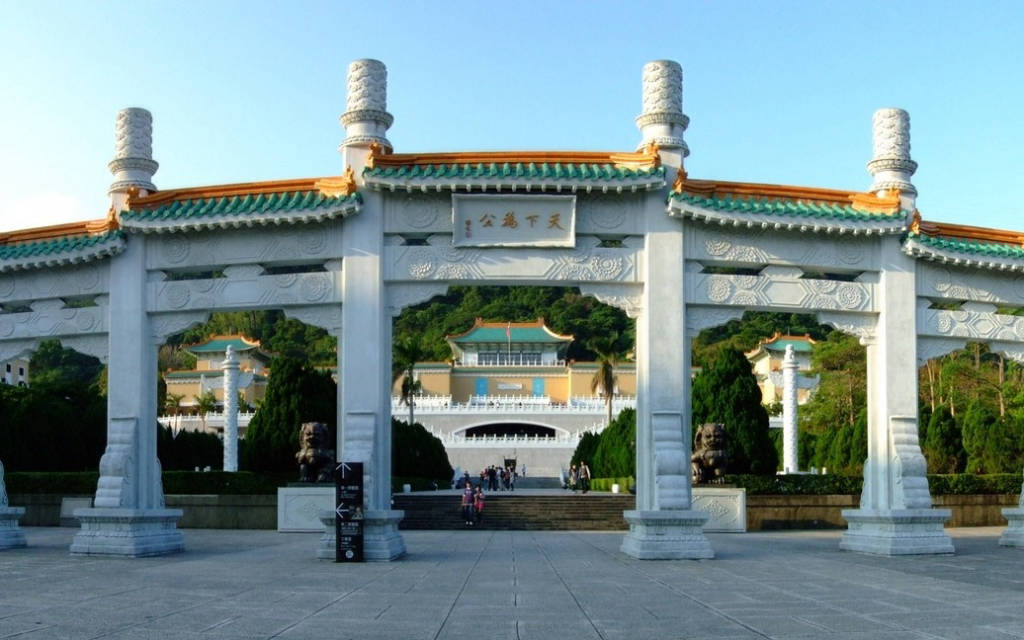
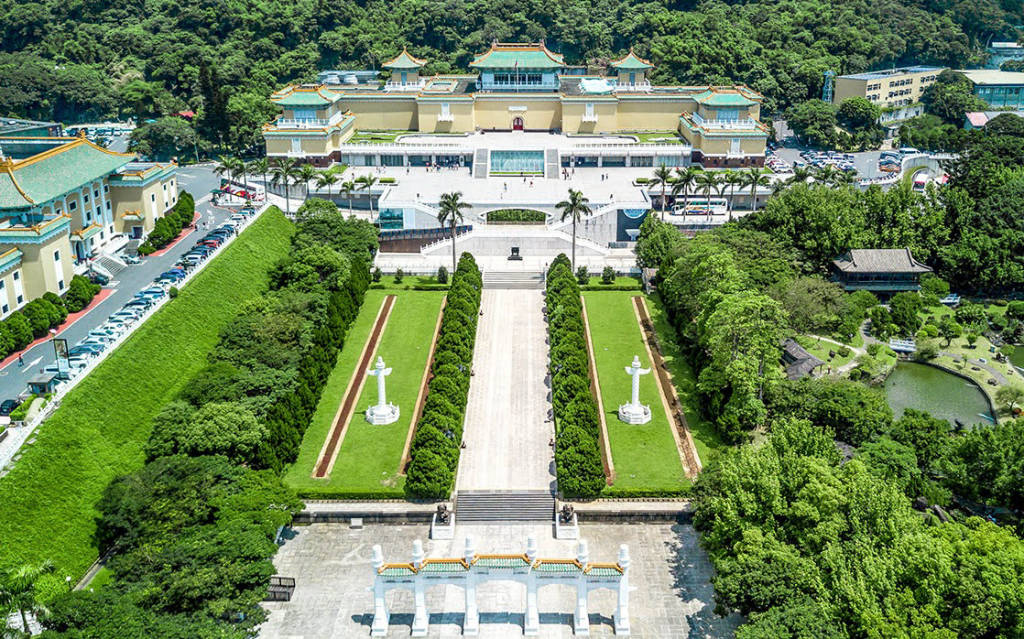
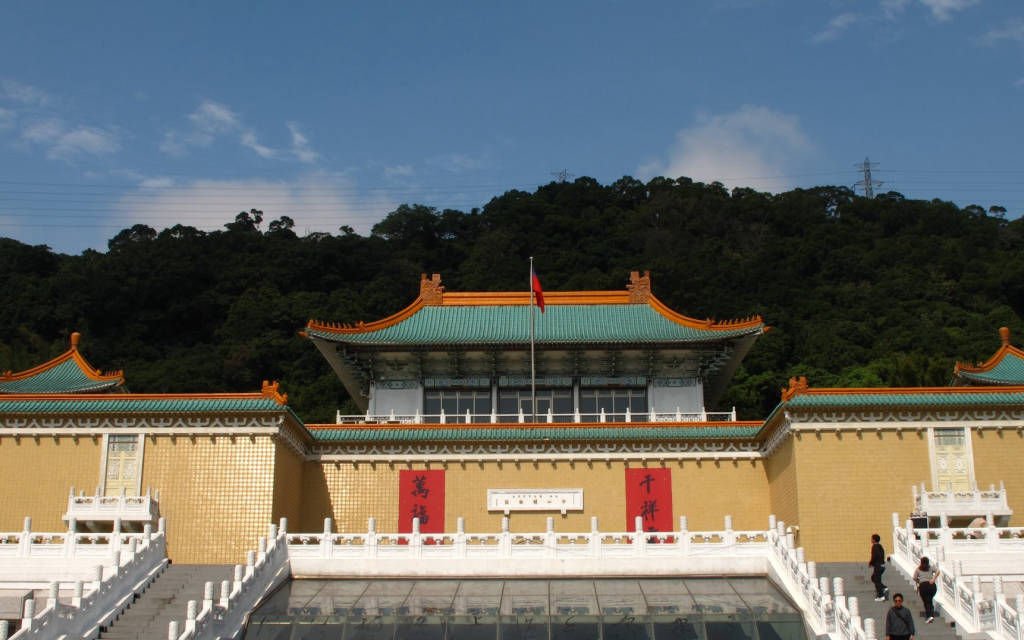
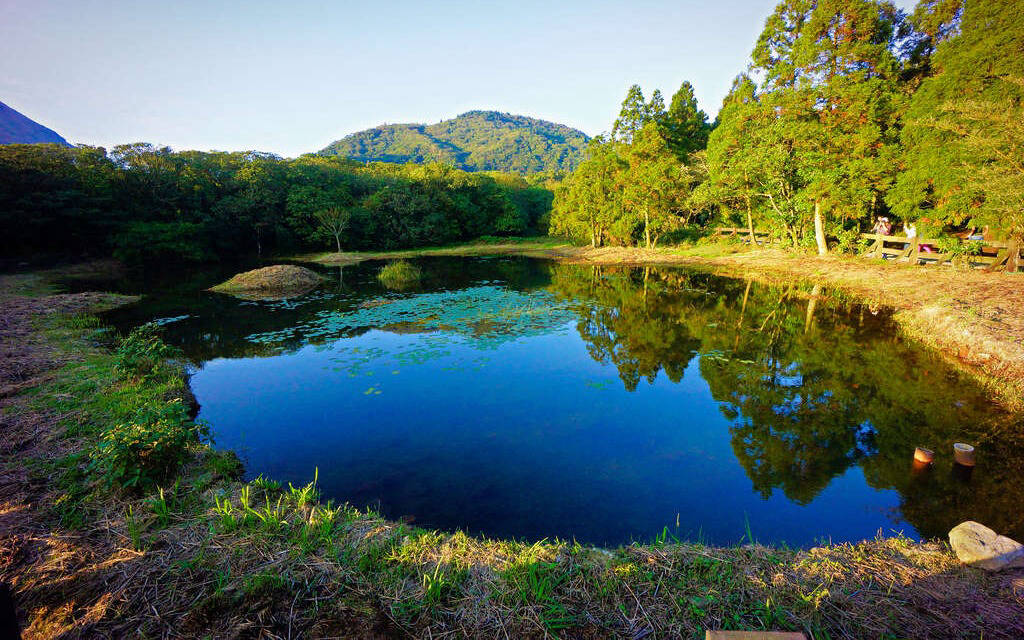
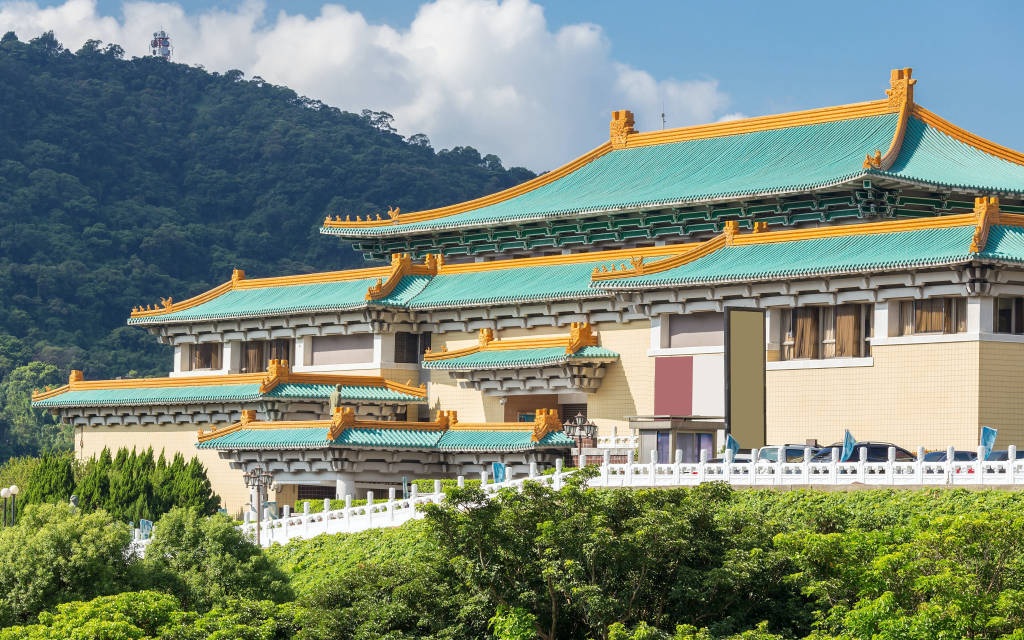
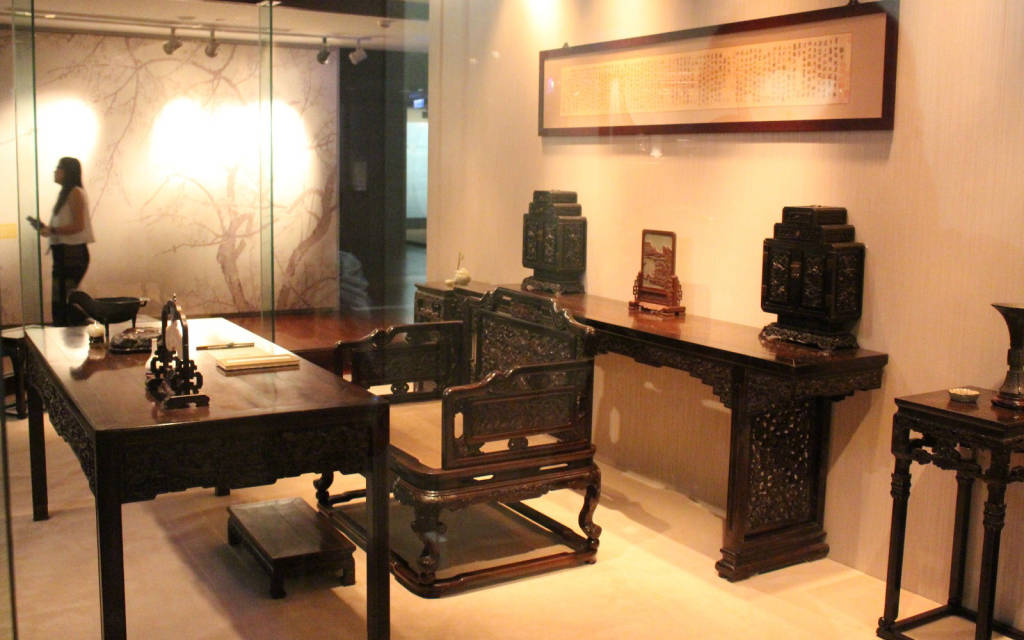
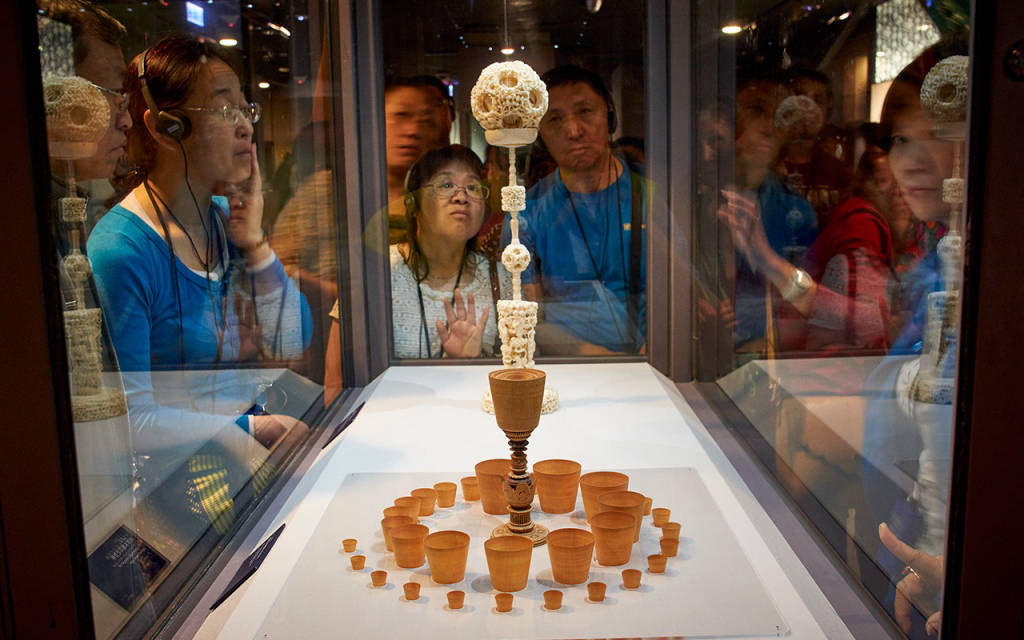
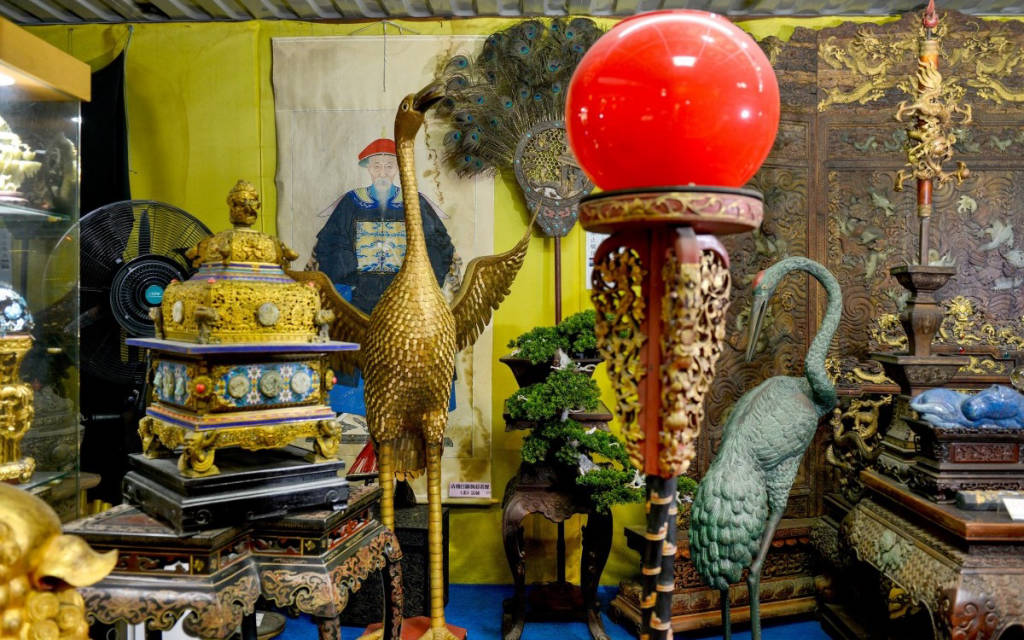
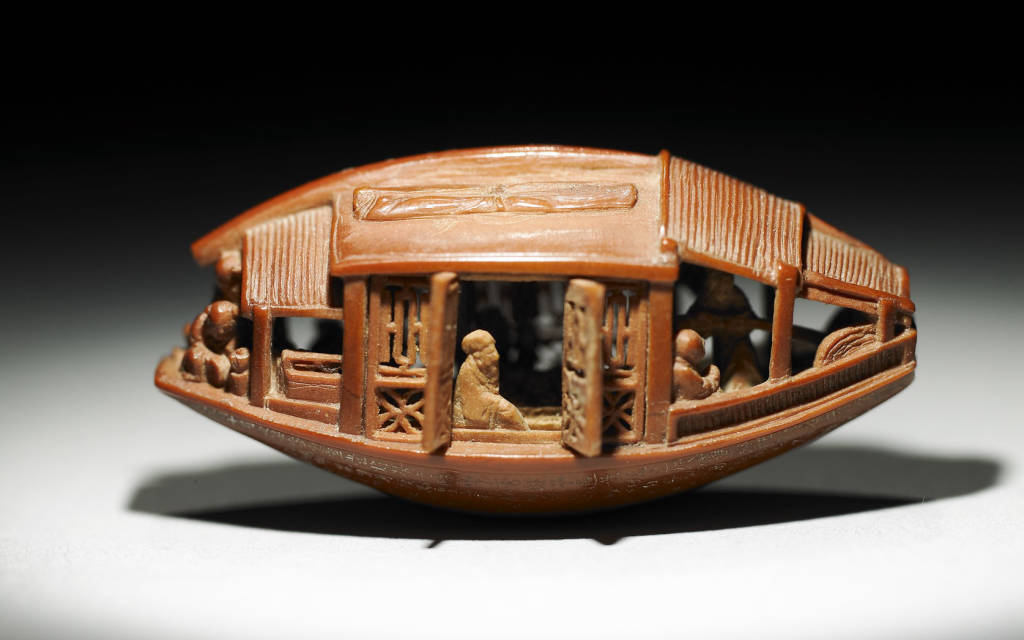









 No. 111, Sec 2, Zhi Shan Rd, Shilin District, Taipei City, Taiwan 111
No. 111, Sec 2, Zhi Shan Rd, Shilin District, Taipei City, Taiwan 111